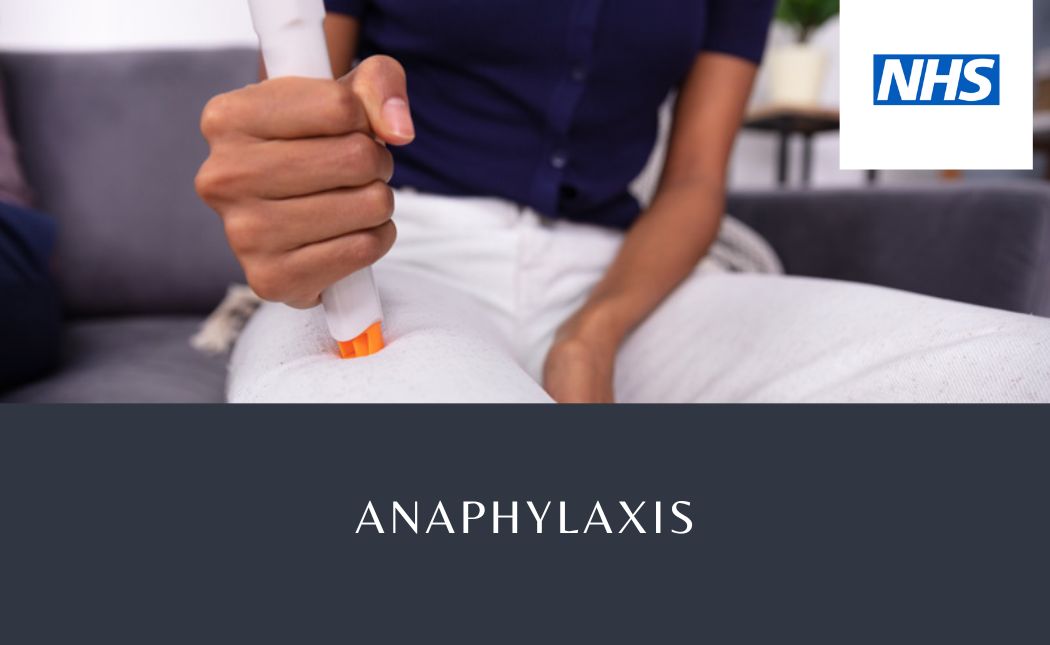
About Course
Anaphylaxis
The Anaphylaxis elearning programme provides healthcare professionals, whatever their role and wherever they are around the world, with an introduction to diagnosing and treating anaphylaxis.
Anaphylaxis is a severe, life-threatening event. People having an anaphylactic reaction often have changes to their airway, breathing and/or circulation so it is vital that these signs are recognised and treated quickly. Increasing numbers of people are presenting to hospital with anaphylaxis, it is important that all health and care staff have an understanding of the causes, signs and treatment.
Written by the UK’s Top Clinical Specialists
This online training has been developed in the UK by NHS England’s expert nursing and elearning for healthcare teams.
This ensures this course meets the highest training standards and offers a world-class elearning experience.
Made to Fit Your Busy Life
The engaging, interactive content, that’s delivered online, means you can study at home, in work or even on the move.
Plus, the bitesize modules track your progress, so it’s possible to dip in and out of sessions, and allow you to access them in any order, as frequently as you need.
Making this the perfect course to enhance your knowledge and skills even when you have a busy life.
